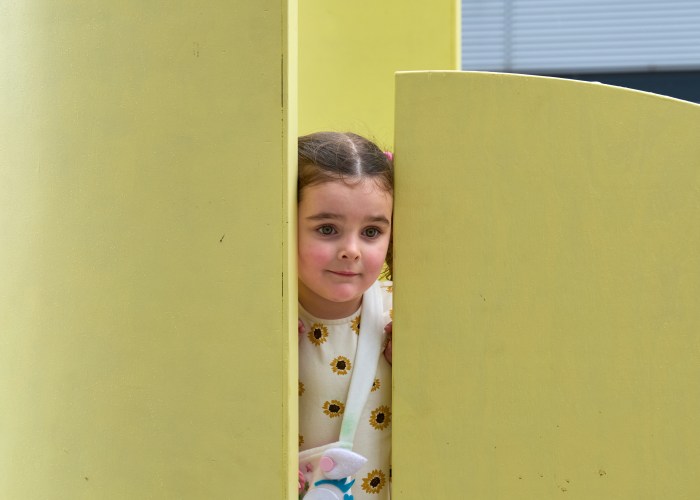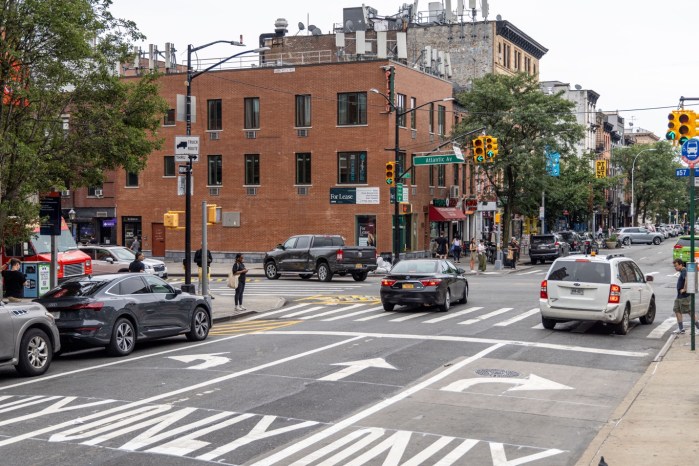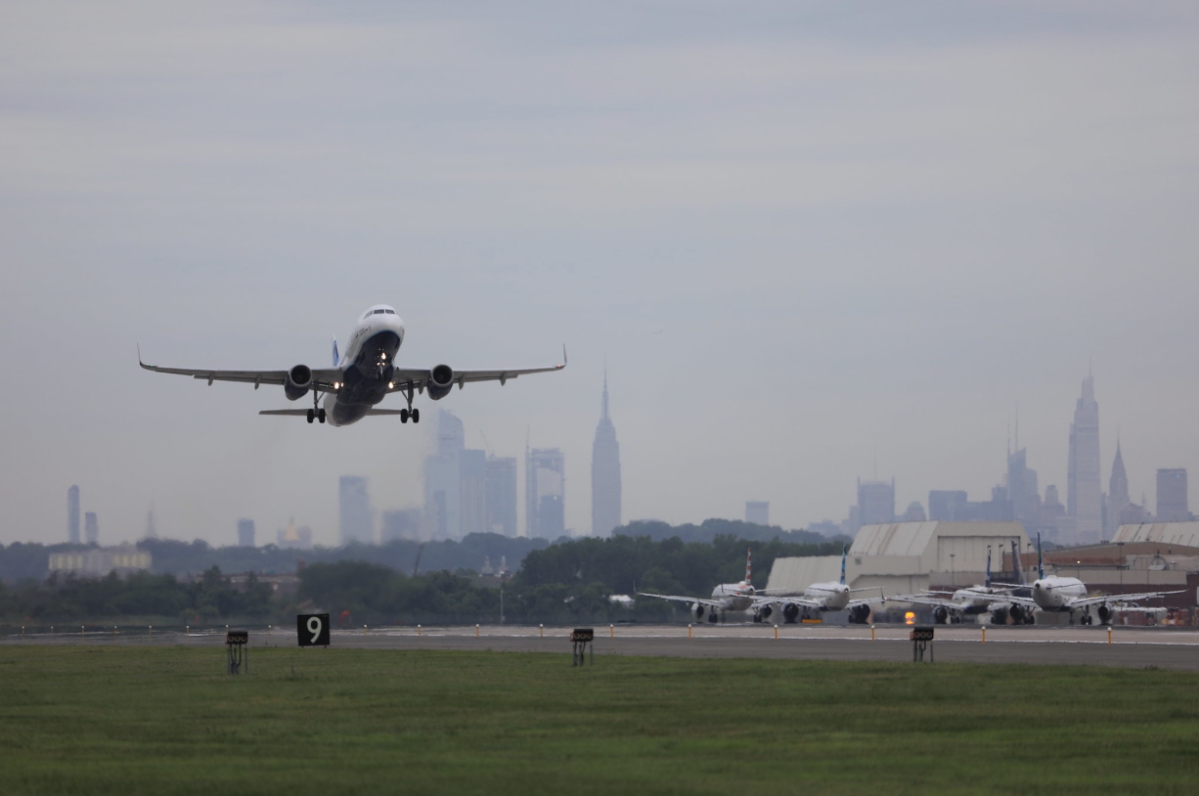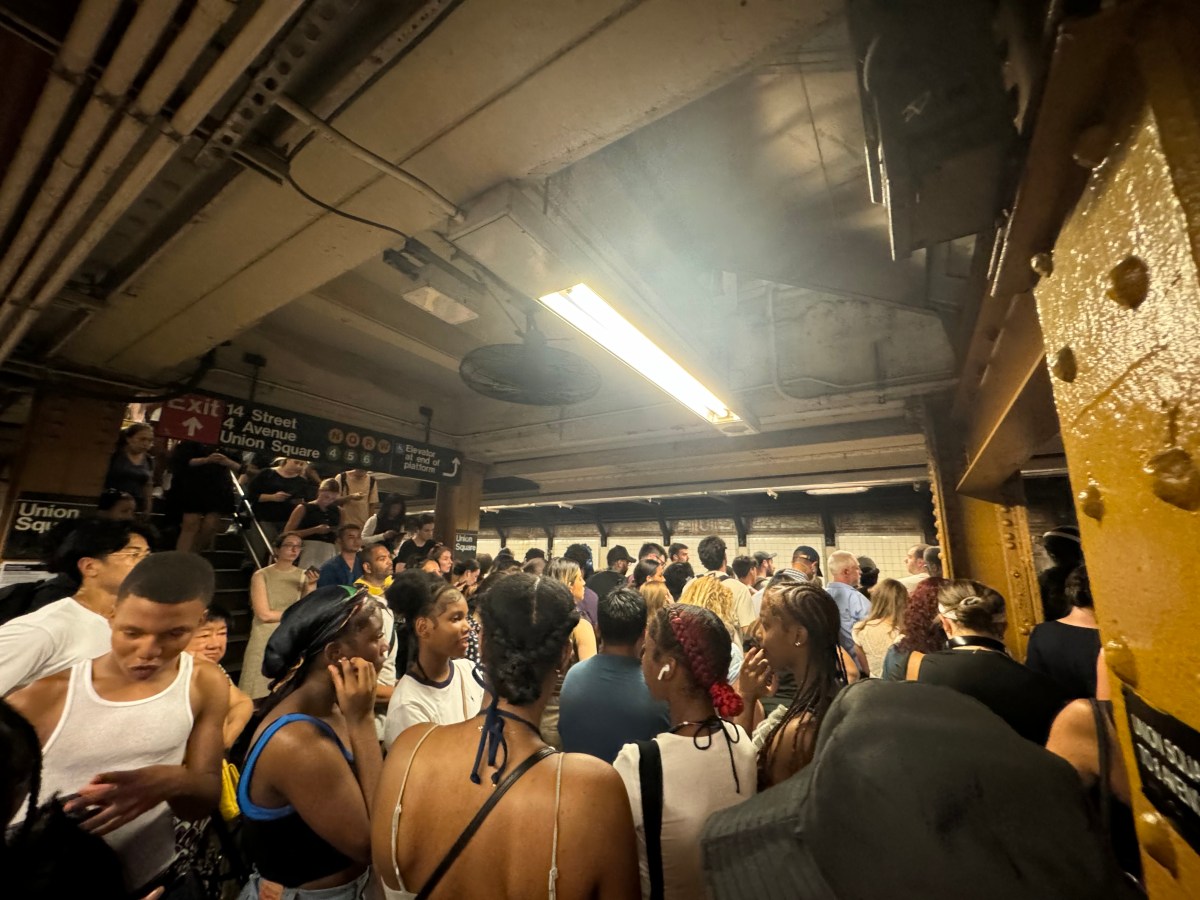Designers unveiled three ways to tame the cavernous Brooklyn–Queens Expressway trench on Monday night — but city officials are already expressing concern over how to pay for any scheme bold enough to “fix the ditch.”
The three concepts are part of an Economic Development Corporation-led plan to reconnect neighborhoods balkanized by the Robert Moses-built highway, including Carroll Gardens, Cobble Hill and the Columbia Street Waterfront District — a portion of the area whose very existence was spawned by the roadway’s creation.
The cheapest plan, about $10 million, involves a massive tree-planting effort along the highway-created chasm — creating one of the greenest stretches in all of Brooklyn.
Another option calls for the construction of six, lightweight bicycle and pedestrian bridges over the ditch, costing between $20 million to $45 million.
And the most expensive plan calls for the construction of an iconic, $85 million, energy-generating “green canopy” along the length of the trench, from Atlantic Avenue to Hamilton Avenue.
The plans were revealed on Monday at Long Island College Hospital — but experts there were unable to provide a definitive prognosis, conceding that they are not sure yet how they will be funded, or maintained.
And that uncertainty could be a problem.
“This would be a challenge to maintain additional bridges,” said Christopher Hrones of the Department of Transportation. “We think this is compelling, but we are clear that maintenance funds have to come along with this to make it successful.”
Councilman Brad Lander (D–Park Slope) called funding a “significant” challenge, but said he remained optimistic.
“It’s not just a pipe dream,” he said. “We can work to make it happen.”
Since the summer, experts have been brainstorming with residents to determine how best to reduce noise, improve safety, increase “sociability” and beautify the otherwise grim area — and do so in a way that is cost effective and achievable in the next 10 years.

The three plans, designed by Starr Whitehouse Landscape Architects and Planners are:
• Maximum Green: Reconfigured roadways will increase pedestrian safety, while 412 new trees and nearly an acre of greenery will help buffer the mayhem below. Options include an open-air market at Union Street, and sound barriers, which could up the cost from $10 million to $18 million.
• Connections: Six new bicycle and pedestrian bridges will be installed at Warren, Baltic, Degraw, President and Carroll streets.
• Green Canopy: A latticed, steel canopy is constructed over the trench to shield the view of traffic and provide environmental benefits by reducing noise and creating its energy from the sun, thanks to photovoltaic panels. Retail uses are also possible at Union Street, including an aptly named “Trench Café.”
Maintaining the canopy option would cost about $477,000 a year, though planners said the structure would help pay for itself, producing about $300,000 in energy. The bridge plan would cost about $123,000 annually, while Maximum Green, ironically, would need the least cash, about $76,000 a year.
Residents said it’s about time that something is done about the ditch.
“It’s long overdue,” said Union Street resident Kim Yee, who favors the expensive canopy. “It’s more appealing with all the green. It shows that it’s more than just traffic there, that you can relax. I just hope they can make it work.”
Some already figured out how to pay for the long-awaited fix.
“Paying for it will be no problem,” offered Roy Sloane of the Cobble Hill Association. “We’re just going to put tolls on Hicks Street.”
He was joking.
























